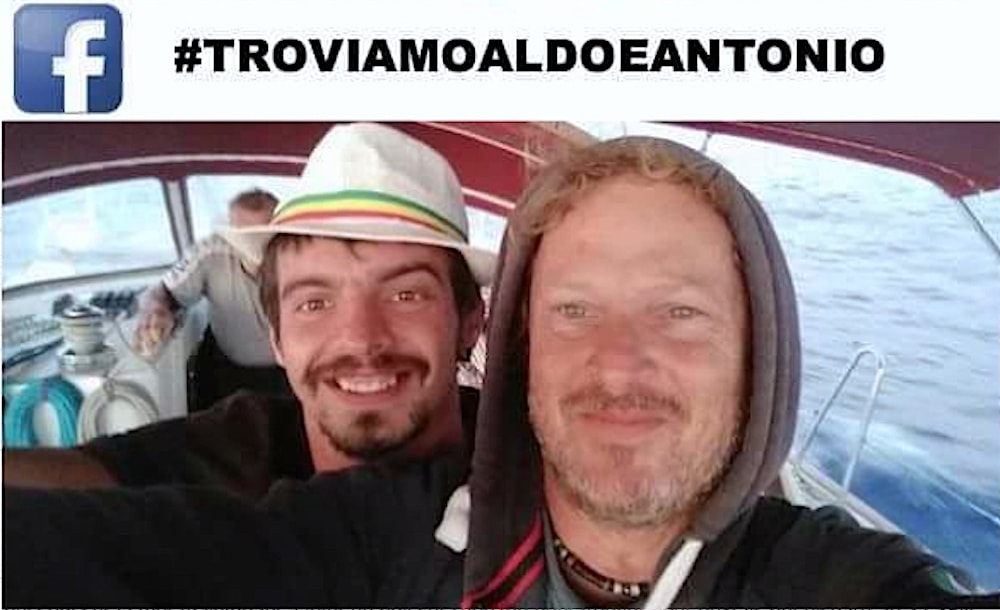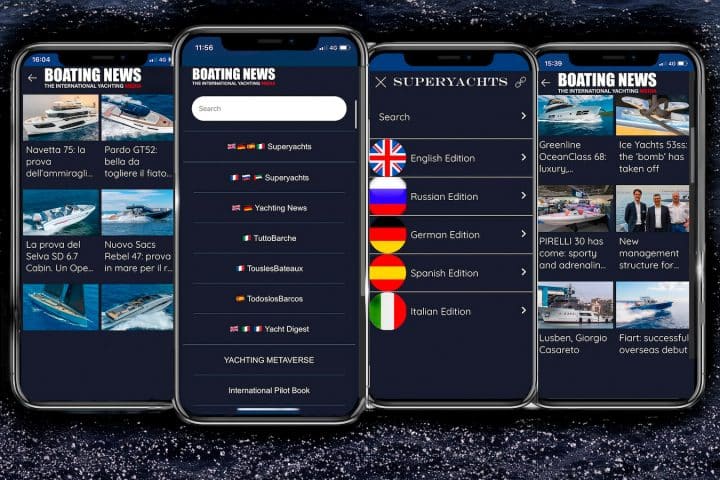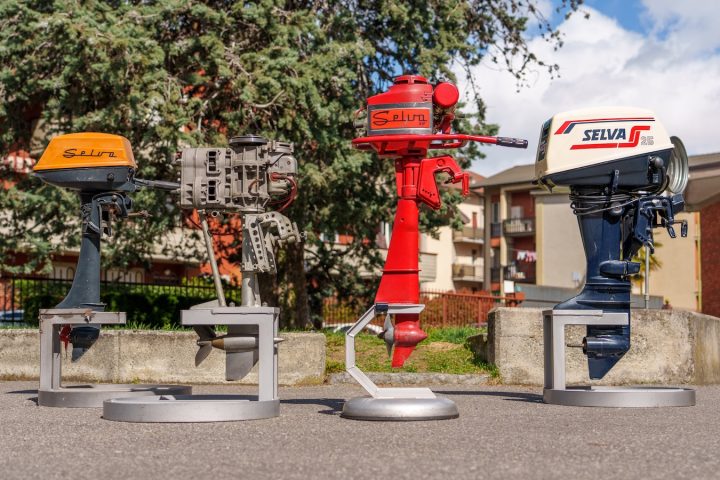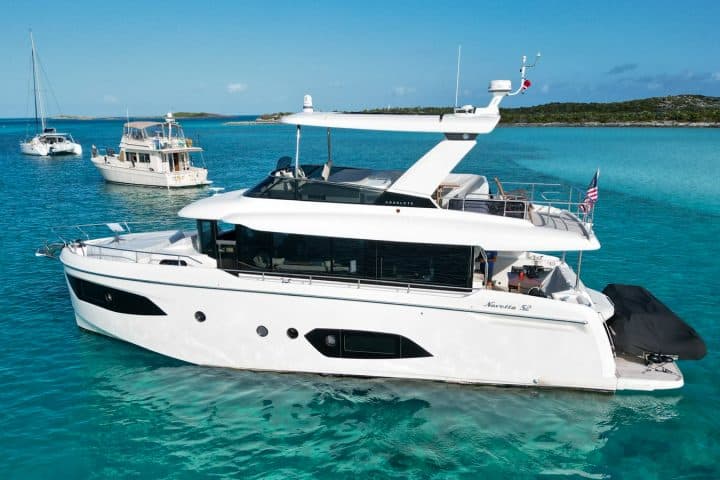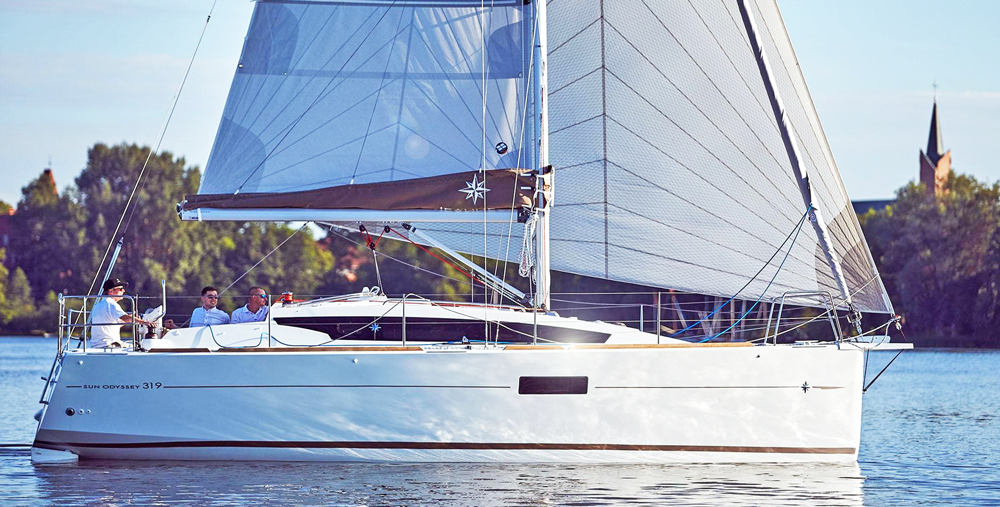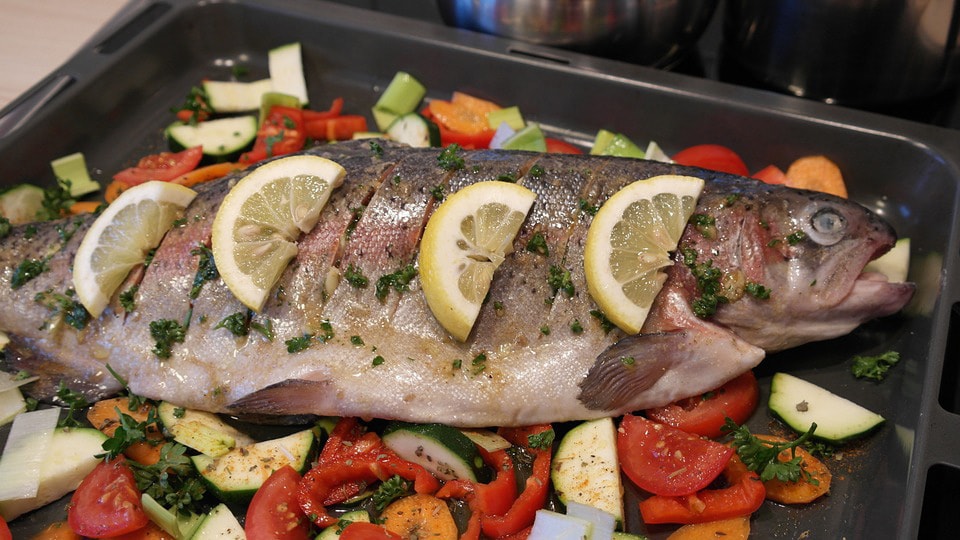Sailors missing in the Atlantic
Bright is a white Oceanis Clipper 473; she left Horta with two passengers on board, Aldo Revello and Antonio Voinea, on April 28 2018. Weather and sea conditions were good.
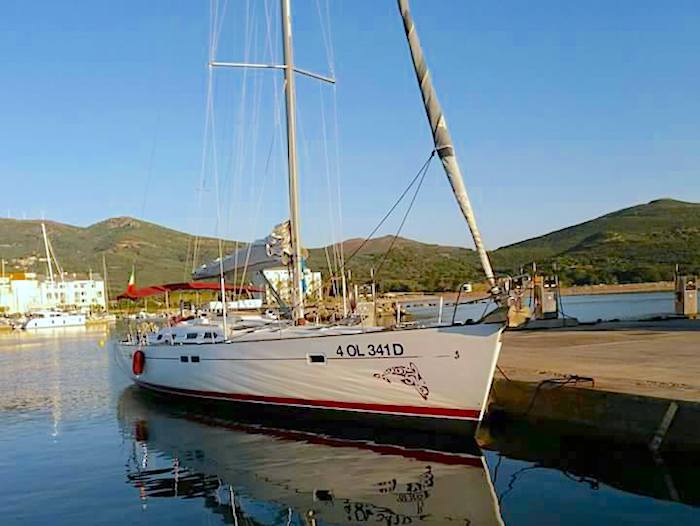
On May 2, at 13:48 local time, the Epirb of the boat transmitted a distress call and last coordinates were 37°35’N 17°57′ W. Then, no signal was transmitted.
Portuguese authorities activated for missing searches and the Italy Navy, too, combed over 5,000 square miles but neither the boat nor his castaways have been found yet.
This is what we know. But there are many other things we know.
First of all, we know that the Epirb of the boat could be activated only manually, which means that, on that moment, someone on board noticed that something was getting wrong.
Then, we know that, from that time one, the satellite phone was no longer reachable.
We also know that there are specific communication procedures to send warning signals or distress calls at sea. We know that, on VHF channel 16 ( or 2,182 kHz for SSB devices) – to which it is compulsory to tune in – “securité” massages are periodically repeated to signal dangers to navigation ( like, for example, the possibility that Bright is adrift) while “pan “messages are used to signal the presence of boats or people in trouble.
We know that a warning message is constantly put out in both the wreck area and in the ever wider stretch of sea where the boat may have drifted.
We know that all these procedures are always applied with meticulous and systematic precision. We know that there are highly experienced people and expensive professional equipment, specially designed to deal with all sorts of situations. We have seen them work with our own eyes.
We know that, in this period of the year, a high number of ships and boats sail in the area where the last signal was transmitted.
We know that there are some specific rules of the navigation code and of the international law, and even insurance policies, that openly deal with castaway and boat rescue ( excluding, rewards and compensations, for example).
We know of cases where castaways have resisted adrift for months.
Finally, we know that there are two families worrying about their loved ones.
All the rest is what we don’t know.
We don’t know what happened on board. We don’t know where the two sailors were, what they were doing and how they felt at the time of the accident.
We don’t know why the Epirb stopped transmitting its signals ( maybe it went down but this is just a supposition).
We don’t know where safety 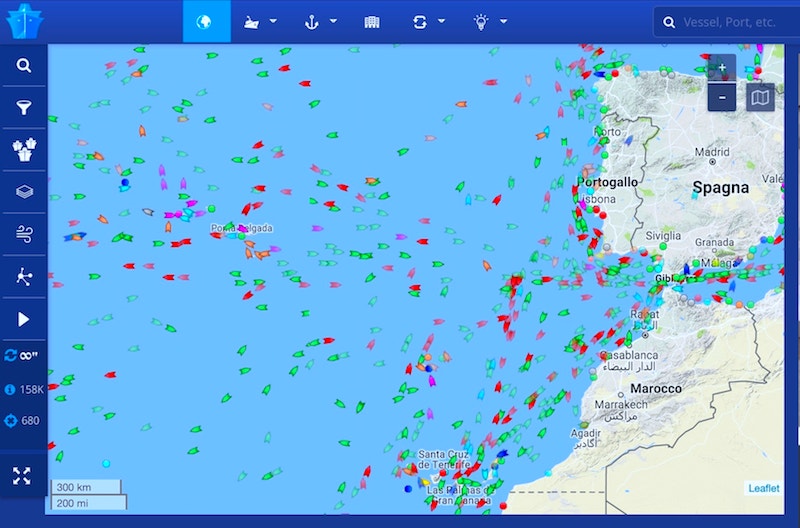
We don’t know how the boat looks like because we have many photos of the two missing sailings but just a few ones of their boat.
We don’t know if the life raft has been thrown into the sea successfully and if the two men have managed to climb on it.
We don’t know how precise the models developed by Portuguese authorities and Italian Cnr to calculate the life raft (or boat’s) drifting are.
We don’t know if those who receive warning signals have the appropriate attention and sight when necessary.
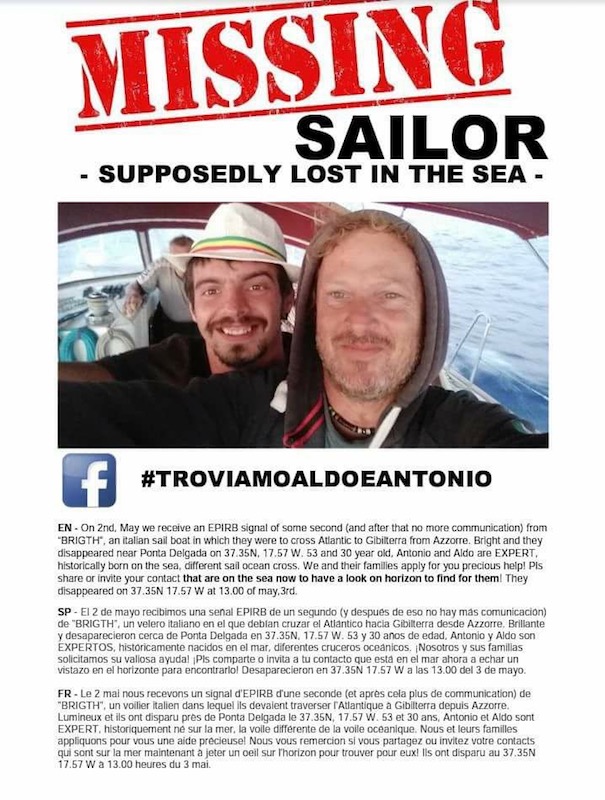
However, we all know that, in times of emergency, it is better not to make noise and confusion with ideas, interpretations, imaginings, romances,outbursts, rages, plots, signs of affection and emotion.
We know that there’s no need to disclose unverified information, play experts in unknown subjects or simplify ( I saw a demonstration of a life raft opening, where it seemed to open by itself after touching the water…well, in this case, please remember that if you don’t pull the long rope of your life raft completely and vigorously, it won’t open) or find explanations and solutions relying on just good sense or on a certain dose of optimism.
Because, amid all this desire to become involved, there is a risk of losing useful information.
Because, in short, the things we know are better than those we don’t know.
And therefore, let’s continue to hope.
